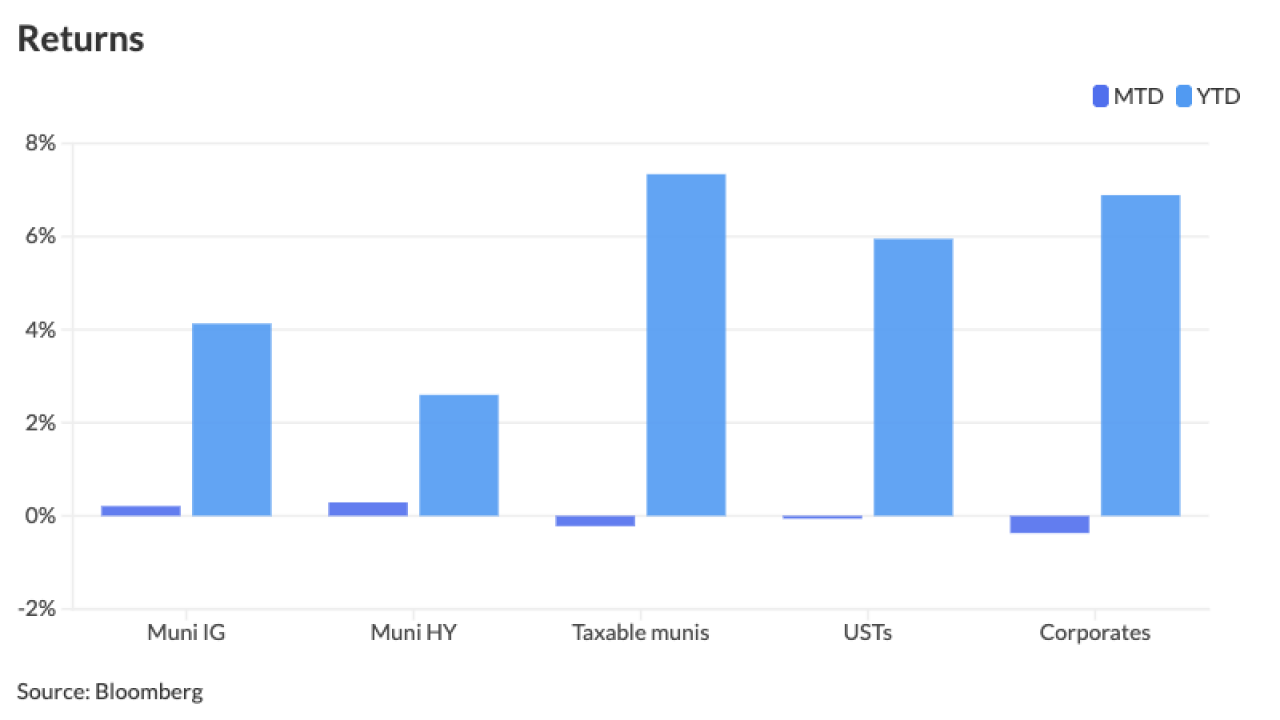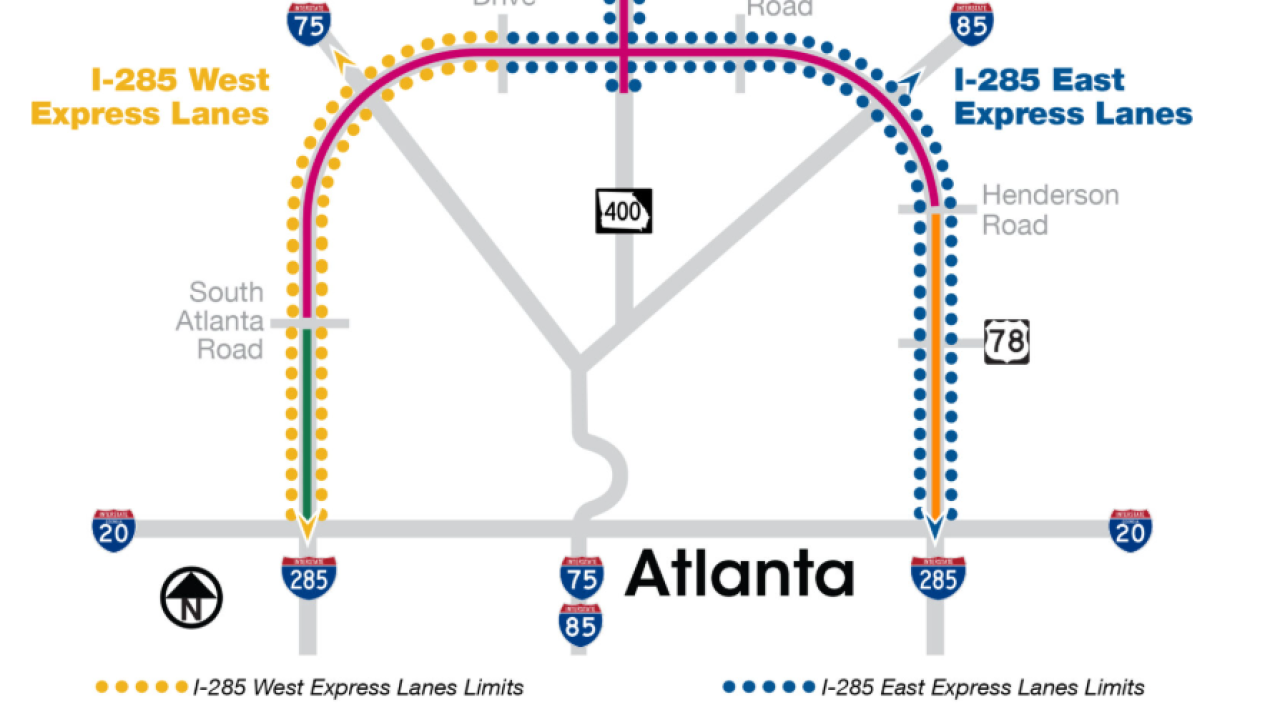
LOS ANGELES — California Gov. Jerry Brown has signed legislation that brings back redevelopment, in a limited way.
Brown fought for the laws that dissolved California's more than 400 redevelopment agencies in 2011 and has vehemently opposed efforts to bring them back in any form - until now.
"These important new measures enacted today will help boost economic development in some of our most disadvantaged and deserving communities," Brown said in a statement Tuesday.
Brown signed a trio of bills.
One bill authorizes creation of new community revitalization investment authorities that can use tax-increment financing, the cornerstone of redevelopment.
Such financing involves the issuance of tax allocation bonds that use the incremental growth of property tax revenue in a designated district to back the debt.
Another bill tweaks 2014 legislation that created of new enhanced infrastructure financing districts, also with the power to issue tax-increment debt. The third bill, which received mixed reviews from local government officials and advocates, is designed to streamline the process of dissolving the previous redevelopment agencies.
"We have the trifecta," said Larry Kosmont, president and chief executive officer of Kosmont Companies, a Los Angeles-based government and development consulting firm. "It is going to be a wild and exciting time in California for public-private financing."
Assembly Bill 313 modifies the 2014 enhanced infrastructure financing district law to make it easier to create public-private partnerships while protecting the rights of residents displaced by projects financed through the districts.
Assembly Bill 2 establishes the new revitalization districts, a limited version of redevelopment targeting only the state's most impoverished areas and boosting the set aside for affordable housing to 25%. Under the definition of blight in the new law, districts can only be created in places where residents make less than 80% of the state's annual median income, the area has an unemployment rate 3% higher than the state average, a 5% higher crime rate than the state average, and a severely dilapidated infrastructure.
Neither measure allows the areas to benefit from school districts' share of incremental property tax growth. Cities, counties and special districts, who would be contributing tax increment, have to agree to contribute their share to the joint partnership authority under AB2.
The exclusion of the school share, as well as the opt-in nature of the bill for other agencies with tax increment, made the concept more palatable to the governor, according to Assembly Speaker Toni Atkins office. Brown credited Atkins' "tireless efforts" for the bills' passage.
"The dissolution of redevelopment removed a valuable tool for creating affordable housing," Atkins said. "Taken together, this trio of measures is a huge step toward filling that gap and helping our most disadvantaged citizens."
The former redevelopment agencies have been going through a complex dissolution process since laws eradicating them took effect in early 2012.
Senate Bill 107 - a bill aimed at streamlining dissolution - went through major modifications in the final hours of the Legislature's session.
Outstanding loans between cities and counties and their former redevelopment agencies have been a bone of contention between the state Department of Finance and the cities. Prior to the bill, the state tended to reimburse for cash loans, but was less likely to approve repayment when the city paid construction costs under an agreement that the redevelopment agency would bond for a project and reimburse the city later.
SB107 expands the definition of loans to include such agreements, but set a ceiling of $5 million on repayments.SB 107 would provide relief to 35 or 40 redevelopment successor agencies that have been prohibited from spending the proceeds of bonds issued between Jan. 1, 2011 and June 28, 2011. The bill sets a sliding scale for how much of the bond proceeds can be spent, ranging from 45% for bonds issued in January 2011 to 20% for those issued in June 2011.
The law that dissolved the state's redevelopment agencies prohibited the use of bonds issued between Jan 1, 2011, the date the RDA dissolution law was introduced, and the June 28, 2011, the state it passed, because some lawmakers felt that agencies were racing to issue bonds before the law dissolving RDAs was passed.
The new law also permits 100% of the proceeds of redevelopment bonds issued for affordable housing in 2011 to be spent.
Kosmont called SB107 redevelopment's last act, further describing it as "How do we bury redevelopment, sooner, rather than later?"
The regulatory processes are designed to insure that redevelopment winds down by 2018, he said.





